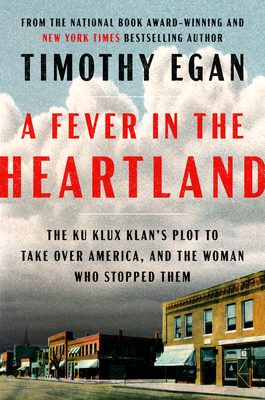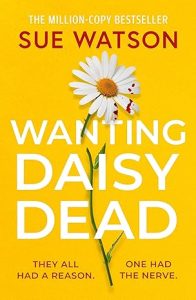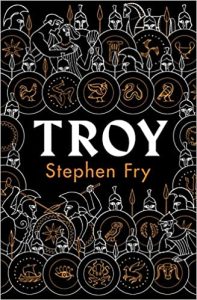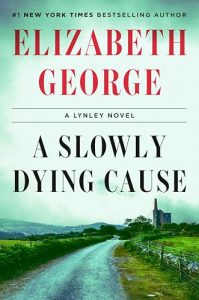
Timothy Egan’s A Fever in the Heartland: The Ku Klux Klan’s Plot to Take Over America, and the Woman Who Stopped Them is a masterful work of historical nonfiction that reads like a political thriller. But unlike fiction, this story is terrifyingly real. It recounts one of the darkest chapters in American history the 1920s resurgence of the Ku Klux Klan and the horrifying rise and fall of its most notorious figure, D. C. Stephenson. Through gripping narrative and meticulous research, Egan exposes how hatred, corruption, and fear spread like wildfire across the American Midwest, and how one woman’s tragic courage brought an empire of hate to its knees.
Set during the so-called Jazz Age, Egan reveals a parallel America that contradicts the glamour of Gatsby’s parties. While cities pulsed with jazz and excess, small towns and statehouses simmered with hate. The Ku Klux Klan was not confined to the South; its influence flourished in Indiana, where ordinary citizens teachers, ministers, judges, governors wore the hood and robe with pride. The Klan’s promise to “defend American values” resonated with millions of white Protestants who saw racial purity and moral reform as patriotic duties.
At the center of it all stood D. C. Stephenson, a self-made charlatan who clawed his way to power through charm, deceit, and brutality. Within a few short years, he became the Grand Dragon of Indiana and one of the most powerful men in the country. His ambition was boundless he saw himself as a future president and boasted, “I am the law in Indiana.” Through political manipulation, blackmail, and a network of loyal followers, Stephenson and his movement infected nearly every corner of civic life.
But the fever broke when he crossed paths with Madge Oberholtzer, a young woman whose life and death would change everything. After enduring an unspeakable assault at Stephenson’s hands, Madge gave a deathbed testimony that exposed his crimes in chilling detail. Her words ignited public outrage and shattered the illusion of the Klan’s moral righteousness. Egan handles this part of the story with compassion and restraint, honoring her as the quiet hero whose truth dismantled an empire of hate.
Egan’s storytelling is both cinematic and deeply humane. His background as a Pulitzer Prize-winning journalist is evident in the precision of his prose and the depth of his research. The book’s 31 pages of notes underscore his commitment to historical accuracy, while his narrative voice ensures that readers never lose sight of the human cost beneath the headlines.
What makes A Fever in the Heartland especially haunting is how eerily it mirrors the political and cultural tensions of today. Readers cannot ignore the parallels between the 1920s and the 2020s book banning, censorship in schools, attacks on women’s rights, and the resurgence of extremist rhetoric disguised as patriotism. Egan does not need to draw these lines explicitly; the reader feels them burning between the pages. History, as this book reminds us, is cyclical. Every time America begins to move forward, there are those who long to pull it back into darkness.
This book is not an easy read, nor should it be. It confronts readers with graphic depictions of violence and cruelty, forcing us to reckon with the human capacity for hate. Yet it is also a testament to resistance to the power of truth, courage, and moral clarity in the face of evil.
A Fever in the Heartland is more than a history lesson. It is a warning, a mirror, and a call to vigilance. As one reviewer insightfully asked, “Why are people drawn to demagogues?” Egan’s answer echoes across time: because hatred is always there for the tapping.
Powerful, unsettling, and essential, this book belongs on every reader’s shelf especially those who believe the past is behind us.


